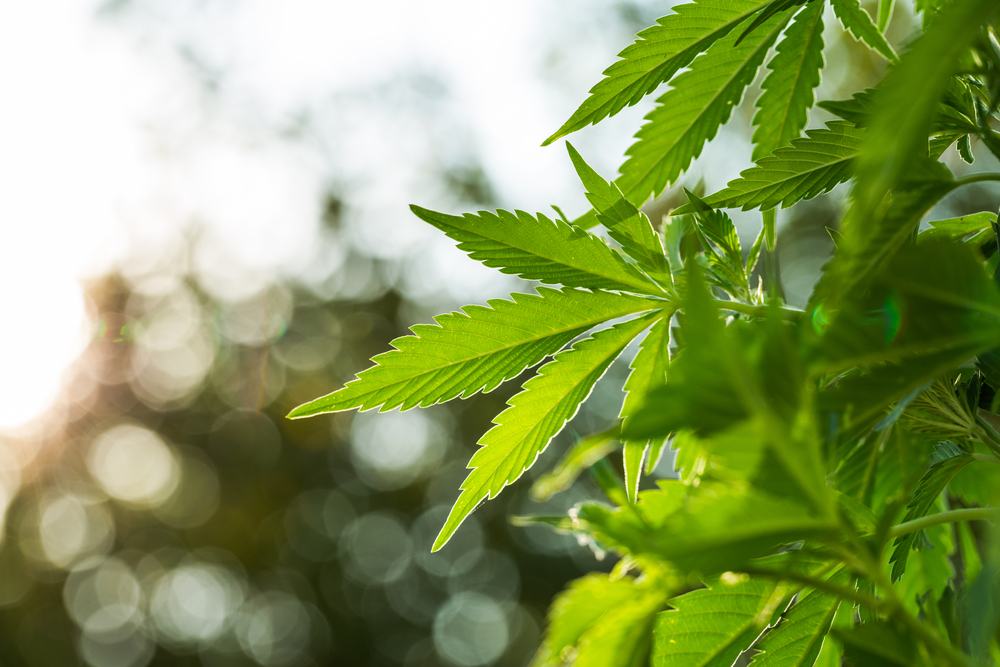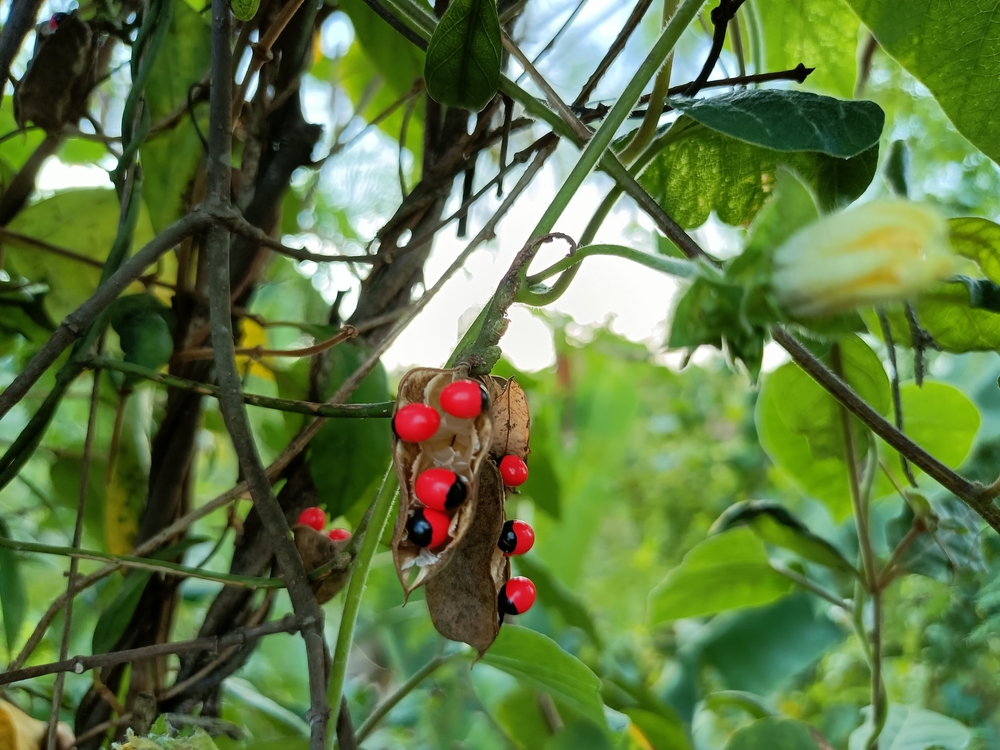Five Plants That Are Toxic to Humans and Some Pets
by Carolyn Lee Apr 22, 2024

Most people enjoy plants for their beauty and the release of serotonin experienced when next to them. Plants have various health benefits, including reducing stress, improving air quality, and increasing productivity. Despite this, some plants can be harmful to your health if mishandled. We have five popular plants grown in the Caribbean that can be toxic to humans and pets.
Five plants that can be toxic.
Cassava (Manihot esculenta, manioc, yuca, or tapioca)

Cassava (Manihot esculenta) is an excellent source of carbohydrates, B-complex vitamins, and essential minerals such as zinc, magnesium, copper, manganese, and iron. When cooked properly, the root is safe for consumption, but the remaining plant is poisonous.
The cassava plant contains poisonous compounds, such as linamarin and lotaustralin. These compounds can release cyanide into the body if raw tubers or root peelings are consumed. It can result in general weakness, depression, spasms, convulsions, pupil dilation, staggering, dysfunctional breathing, and temporary coma.
You can reduce cassava intoxication or poisoning by adequately preparing your cassava. Soak the cassava for several hours before rinsing and peeling. Then, boil for approximately half an hour. Do not reuse the boiled water. Note: Toxic to humans.
Snake Plant (Viper’s Bowstring Hemp)

The Snake Plant is a popular household plant, easily identified by its stiff swordlike leaves with striped patterns. Its health benefits include removing pollutants, improving air quality, and boosting mental health. Although snake plants are considered relatively safe, they can be toxic if accidentally ingested by children and animals prone to nibbling. Consumption can result in numbness or swelling on the tongue, nausea, and vomiting. Note: Toxic to humans and pets.
Marijuana (Cannabis sativa)

Marijuana is a versatile plant that serves many purposes beyond recreational use. It has been widely used for medicinal purposes and in producing hemp oil and industrial fibre. This herbal plant might help with improving sleep (short term) in people with obstructive sleep apnea, chronic pain, fibromyalgia, or multiple sclerosis.
Regular smoking or consumption of cannabis over a prolonged period or in substantial amounts can lead to dependence, intoxication, lethargy, breathing difficulties, and impaired performance of complex tasks. High doses can cause hallucinations, paranoia, panic attacks, confusion, depression, and vomiting.
Marijuana poisoning in children can lead to toxicity, requiring hospitalisation. Some symptoms of poisoning in children include changes in speech, elevated heart rate, imbalance, and lethargy. It is crucial to store this herb safely out of the reach of children and pets to prevent accidental ingestion. Note: Toxic to humans and pets, especially dogs.
Rosary Pea (Love Pea, John Crow Bead, Country Licorice, Jumbie Bead, Crab’s Eye)

Rosary pea is a slender climbing herb, identified by its bright red and black seeds, with some having white seeds. External application of a detoxified rosary paste has been used to treat paralysis, lower back pain, erectile dysfunction, fibromyalgia, arthritis, and premature ejaculation, among other conditions. This plant is also helpful in treating acne, alopecia, psoriasis, and eczema. Rosary pea seeds are typically used to make jewellery and musical instruments.
Despite its potential health benefits, the seeds contain abrin, one of the most potent toxins naturally produced by a plant. Some symptoms of rosary pea poisoning include abdominal cramps, vomiting, nausea, or diarrhoea with blood present. Accidental ingestion of large amounts of the seeds can induce seizures, headaches, hallucinations, fever, organ failure, irregular heartbeat, and death.
Note: This herb is toxic to humans and pets and is among the world’s top 10 poisonous plants.
Garden Croton (Codiaeum variegatum)

The garden croton is a beautiful plant with vibrant and multi-coloured foliage. It is highly diverse, offering a variety of leaf forms. This showy tropical plant does well indoors or in warm climates. Leaf colours include green, yellow, scarlet, white, and orange, often all present on one plant. Keeping this plant indoors has numerous benefits, such as air purification, additional humidity, improved mood, and increased productivity.
Contact with the sap or via a puncture wound from the thorns can expose you to toxins, causing a rash to develop. If ingested, this plant can be dangerous, especially to small children. Symptoms of poisoning in children include diarrhoea, vomiting, and rash. Note: Toxic to humans.
Although some plants can be dangerous to humans and pets, many have health benefits when handled correctly. If you’re interested in purchasing plants, speaking to a florist about their toxicity and how to prevent any adverse effects is essential. They can provide you with additional insight on how to handle the plants safely. Make your search for plants, plant supplies and tools easier by using Find Yello to search for florists, landscapers, plant suppliers and related businesses.
Sources: Caribbean Agri-Business, Picture This, Planet Ayurveda, and Healthline.








